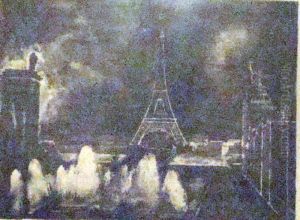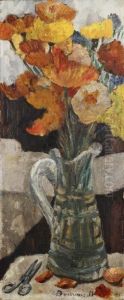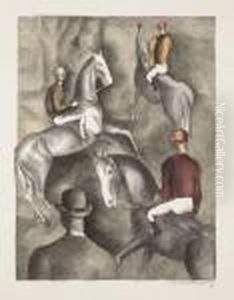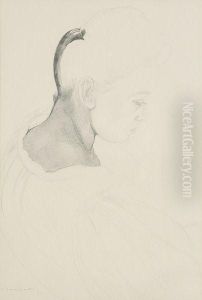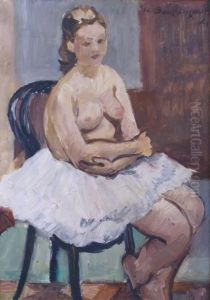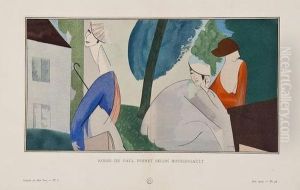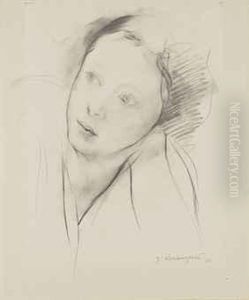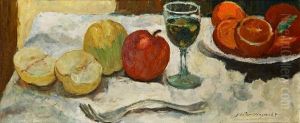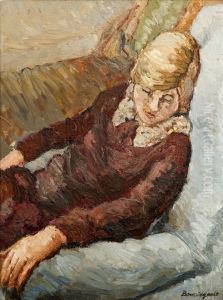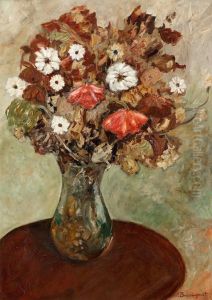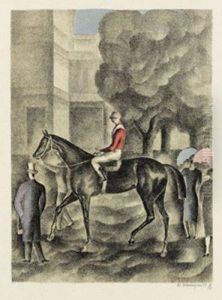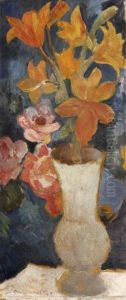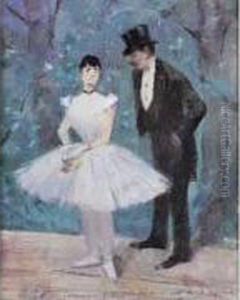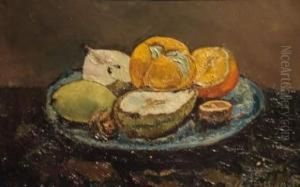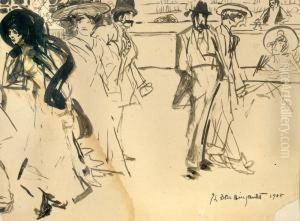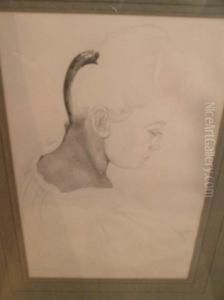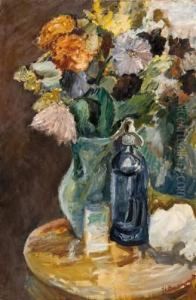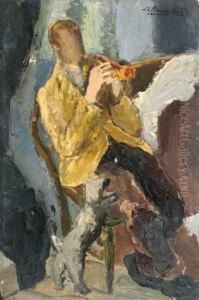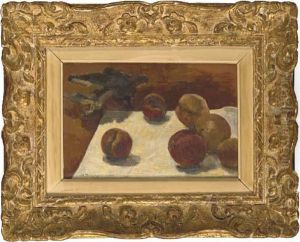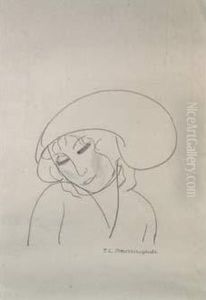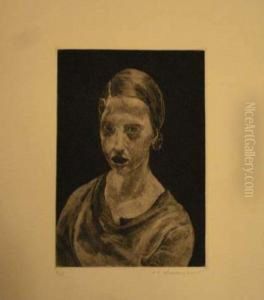Jean-Louis Boussingault Paintings
Jean-Louis Boussingault was a French painter, born on February 11, 1824, in Paris. He is not to be confused with the French chemist Jean-Baptiste Boussingault. As an artist, Jean-Louis Boussingault is associated with the Barbizon School, a group of painters who worked in the village of Barbizon near the Forest of Fontainebleau and who were part of a pre-Impressionist movement, focusing on plein air painting and the realistic depiction of nature.
Boussingault began his artistic career under the tutelage of landscape painter Jean-Charles-Joseph Rémond. He later studied at the École des Beaux-Arts in Paris, which was the premier art institution in France. During his time there, he was influenced by the works of the Old Masters as well as by his contemporaries who were exploring new ways of capturing light and atmosphere in their paintings.
In the 1850s, Boussingault started exhibiting his works at the Paris Salon, the official art exhibition of the Académie des Beaux-Arts in Paris. His landscapes were particularly noted for their poetic and pastoral qualities, often depicting rural scenes with a sense of tranquility and harmony. He traveled extensively throughout France, capturing the varied landscapes and the changing seasons in his work.
Despite being less well-known than some of his contemporaries, such as Théodore Rousseau and Jean-François Millet, Boussingault's contribution to the development of landscape painting was significant. His work resonated with the Barbizon School's ethos of expressing an emotional response to nature, and he played a role in the transition towards Impressionism, which would later dominate French art.
Jean-Louis Boussingault's oeuvre includes not only landscapes but also still lifes and portraits, although it is his landscapes for which he is best remembered. His approach to painting, characterized by a delicate sense of light and color, had an influence on the younger generation of painters who would take French art in new directions at the end of the 19th century.
Boussingault remained an active artist throughout his life, but he never achieved the level of fame and success that some of his Barbizon peers did. He died on May 19, 1889, in Paris. Today, his works can be found in various art museums and collections, and they continue to be appreciated by art historians and collectors for their contribution to the landscape genre in French art.
